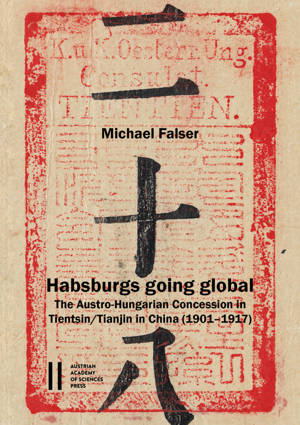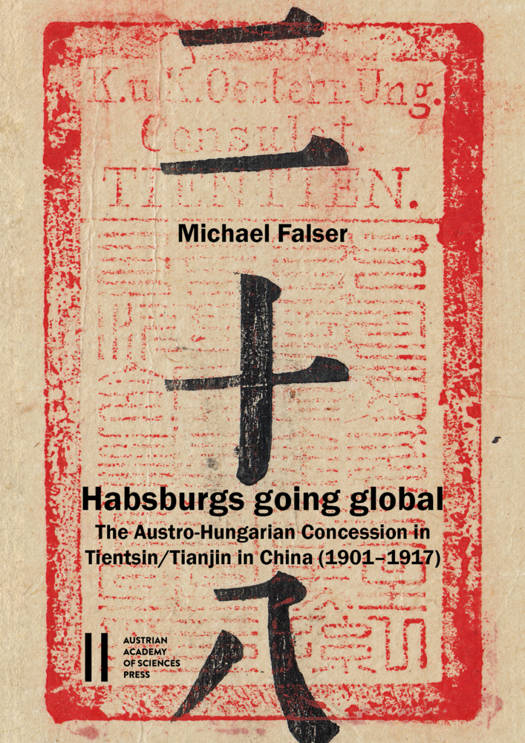
- Afhalen na 1 uur in een winkel met voorraad
- Gratis thuislevering in België vanaf € 30
- Ruim aanbod met 7 miljoen producten
- Afhalen na 1 uur in een winkel met voorraad
- Gratis thuislevering in België vanaf € 30
- Ruim aanbod met 7 miljoen producten
Zoeken
Habsburgs Going Global
Michael Falser
Paperback | Chinees, Engels | Veröffentlichungen der Kommission für Kunstgeschichte | Denkschriften der Philosophisch-Historischen Klasse | nr. 22
€ 97,95
+ 195 punten
Omschrijving
As a scientific reflection of today's "globalization", current studies in global history deal with the worldwide influence of former empire nations such as Great Britain or France. The classic studies on the Habsburg era have so far largely ignored the global impact of the former Austro-Hungarian monarchy. This is where the present publication, written from the viewpoint of a global architectural history, comes in. A major blind spot in existing research is Austria-Hungary's participation in the "International Settlement" of Tientsin (today Tianjin/China), where, as one of nine nations, it planned its own trading settlement ("concession") from 1900 onwards. The First World War brought this episode to an abrupt end. The present book pursues the approach of linking historical insights with questions of contemporary relevance. The main part deals with the urban planning and architectural implementation of the Austro-Hungarian Concession in Tientsin (1901-1917), bringing to light more than 200 historical maps, sketches, plans, and photographs of previously unknown archival material. It then examines the strategies of the city government of present-day Tianjin to promote the architectural relics of the imperialist era as Chinese cultural heritage. In addition, an introduction (by Georg Lehner) sheds light on the historical process of rapprochement of Austria(-Hungary) with the "Middle Kingdom" over the 19th century, while an extensive appendix provides further valuable visual sources and references.
Specificaties
Betrokkenen
- Auteur(s):
- Uitgeverij:
Inhoud
- Aantal bladzijden:
- 286
- Taal:
- Chinees, Engels
- Reeks:
- Reeksnummer:
- nr. 22
Eigenschappen
- Productcode (EAN):
- 9783700189275
- Verschijningsdatum:
- 12/08/2022
- Uitvoering:
- Paperback
- Formaat:
- Trade paperback (VS)
- Afmetingen:
- 212 mm x 20 mm
- Gewicht:
- 9375 g

Alleen bij Standaard Boekhandel
+ 195 punten op je klantenkaart van Standaard Boekhandel
Beoordelingen
We publiceren alleen reviews die voldoen aan de voorwaarden voor reviews. Bekijk onze voorwaarden voor reviews.











